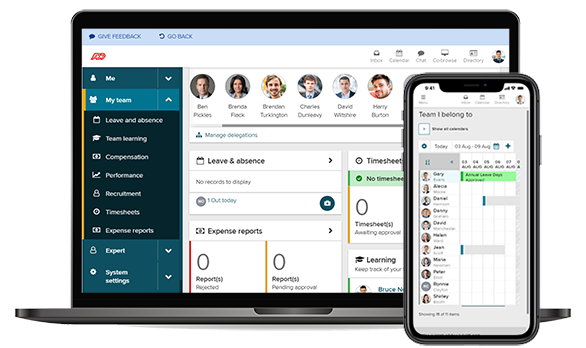Utilizing Data for Strategic Decision-Making in SaaS Digital Marketing
Software as a service (SaaS) companies are thriving amidst fierce competition. It is due to the growing demand for quality products. Whether it is individuals or businesses, everyone needs SaaS products to make their life or work easier. Therefore, SaaS firms must embrace data-driven decision-making strategies to stay ahead of the curve. By harnessing analytics and using data-driven insights, they can drive growth, improve user experiences, and optimize their marketing endeavors. This article delves into how analytics plays a significant role in shaping marketing tactics for SaaS businesses. Have a look.
Recognizing the Impact of Analytics
Analytics has transformed SaaS marketing strategies for companies. It offers perspectives on user behavior, preferences, and emerging trends that can propel business expansion. Equipped with analytics tools, SaaS enterprises can gather, assess, analyze, and interpret data to make business choices. This approach helps marketers make data-driven informed decisions that make the campaigns much more effective and efficient.
Enhancing Personalization through User Data
Personalization lies at the core of marketing campaigns. By examining user data like demographics, browsing patterns, interactions with products or websites, and feedback from surveys or customer service platforms, SaaS companies can customize their messaging and offerings to align with individual needs and preferences. Personalized emails or product suggestions based on user actions also boost engagement levels and drive conversions.
Optimizing Conversion Rates through A/B Testing
A/B testing compares two versions of a webpage or app element to determine which one performs better in achieving desired results, like click-throughs or conversions. By using analytics tools that provide A/B testing features and data analysis capabilities, SaaS marketers can enhance conversion rates by experimenting with design elements or call-to-action buttons based on solid evidence rather than guesswork.
Analyzing Customer Journey for Enhanced User Experience
Understanding the customer journey is crucial for delivering a user experience that fosters retention and boosts sales. By examining touchpoints throughout the customer journey, from discovery to sign-up and post-sales support, SaaS businesses can pinpoint pain points and areas where users lose interest. This data-oriented approach enables enhancements to guide users through an experience leading to higher user satisfaction and retention.
Tracking Marketing Campaign Performance
Analytics aids in monitoring the performance of marketing campaigns by analyzing metrics such as website traffic, conversion rates, bounce rates, click-through rates, and page views. SaaS marketers can optimize their campaigns in time by keeping an eye on these metrics and studying trends. Also, it’s crucial for businesses to find channels or methods that yield returns on investment (ROIs) and adjust their marketing budgets accordingly to optimize outcomes.
Identifying Opportunities through Predictive Analytics
Predictive analytics uses past data and machine learning algorithms to predict trends, behaviors, and results. By examining patterns and recognizing connections within datasets, SaaS companies can access insights into opportunities or risks ahead. This knowledge enables them to make choices before market dynamics shift, giving them an edge.
Leveraging Competitive Analysis
In a market with so many SaaS players competing for market share, competitive analysis is key in shaping effective marketing strategies. Through tools that analyze competitors’ strengths and weaknesses alongside robust analytics capabilities, SaaS marketers can refine their offerings to stand out in the market or incorporate elements from competitors’ strategies while avoiding redundancy.
Summary
Making decisions based on data is essential in navigating the landscape of SaaS marketing. Utilizing analytics tools to personalize content, conducting A/B tests on eCommerce features, enhancing user experience throughout the customer journey, monitoring campaign effectiveness, forecasting trends with analytics models, and keeping an eye on competitors through competitive analysis all contribute to giving SaaS businesses a competitive advantage in the dynamic digital market.
It’s important to remember that data holds value when it is interpreted and applied effectively! With analysis and a focus on data-driven strategies, digital marketers in the SaaS industry can make informed choices and excel in their competitive environment.



